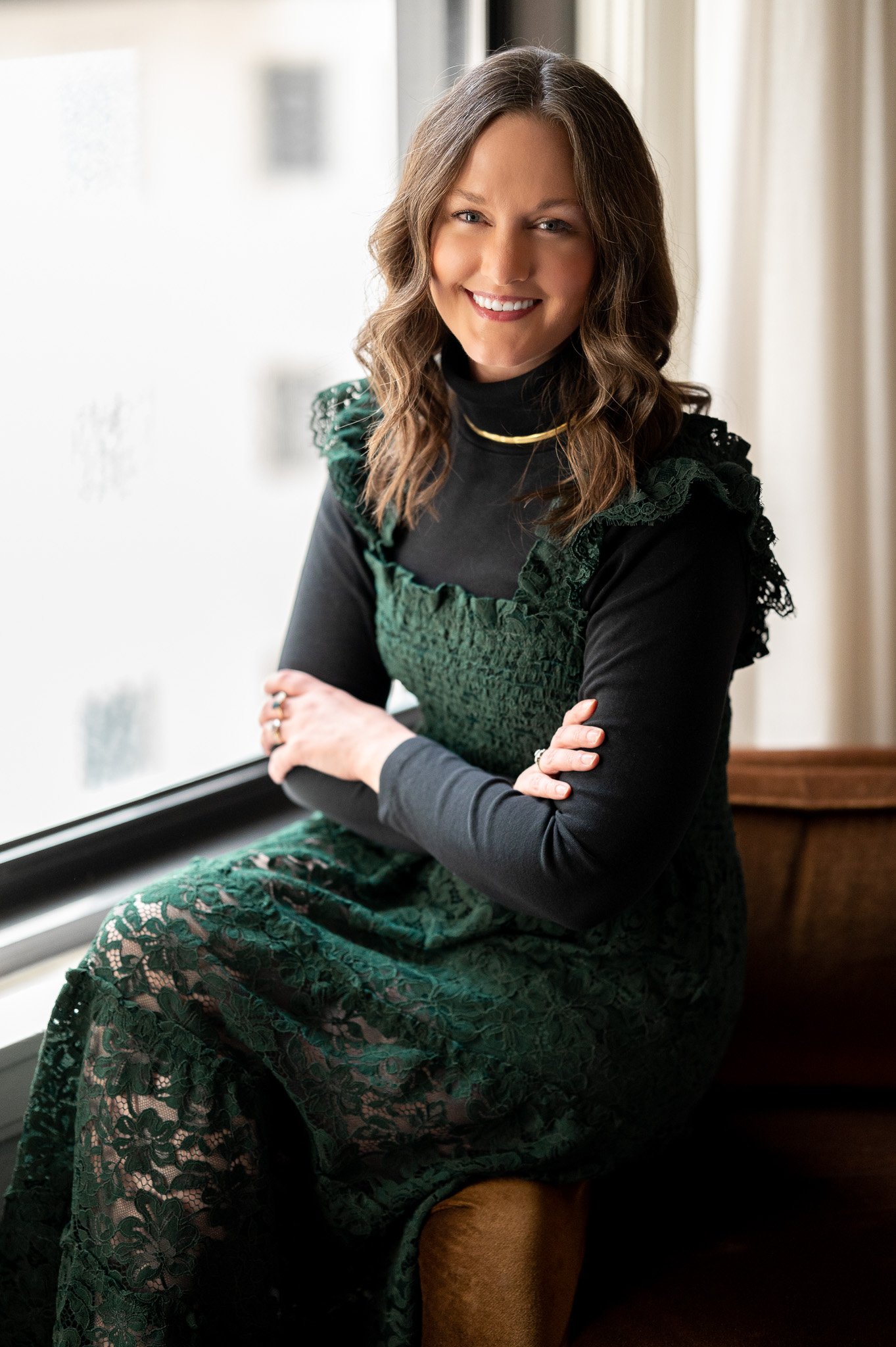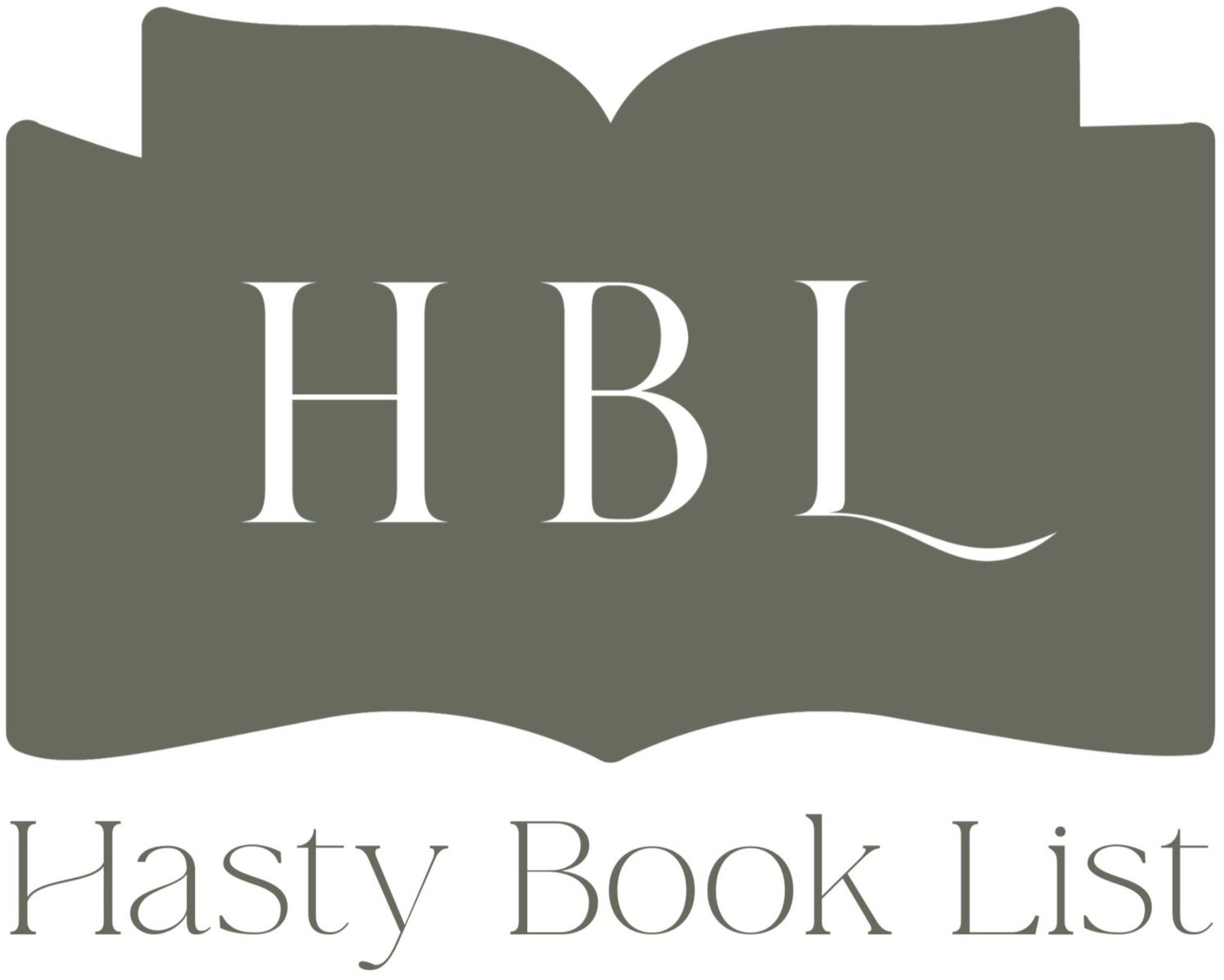The Evolution of Female Protagonists in Literature
The Evolution of Female Protagonists in Literature
Female protagonists in literature have undergone a remarkable transformation over the centuries. From passive damsels in distress to strong, independent heroines who shape their own destinies, these characters have mirrored societal changes and challenged traditional gender roles. But how did this evolution unfold? What forces shaped the depiction of women in literature? Let’s dive into the fascinating journey of female protagonists, from the earliest literary works to contemporary fiction.
The Early Depictions: Women as Passive Figures
In the earliest works of literature, female protagonists were often confined to roles that reflected their subservient status in society. Whether in mythology, epic poetry, or early novels, women were typically portrayed as either virtuous maidens or wicked temptresses, with little room for complexity.
In medieval literature, women were frequently depicted as fragile beings in need of male protection. Characters like Guinevere from Arthurian legend or Desdemona from Shakespeare’s Othello exemplify this trope. Their roles revolved around love, loyalty, and, often, tragic fates. They rarely influenced the narrative in meaningful ways, serving instead as motivations for male protagonists’ actions.
On the flip side, women who did wield power were often portrayed negatively. Figures such as Lady Macbeth in Macbeth or the biblical Delilah were manipulative and dangerous, reinforcing the idea that strong-willed women were a threat to societal order. These characters reflected the patriarchal fears of their time, warning against female autonomy.
The Rise of Independent Women in Literature
As society progressed, so did the roles of women in fiction. The 18th and 19th centuries saw the emergence of female protagonists with greater agency, marking a shift in how women were perceived and written.
The Victorian era introduced readers to rebellious heroines who defied societal expectations. Jane Eyre (Jane Eyre by Charlotte Brontë) and Elizabeth Bennet (Pride and Prejudice by Jane Austen) are prime examples. These characters, while still navigating restrictive social structures, showcased intelligence, wit, and a refusal to conform to outdated norms.
Unlike their predecessors, these women were not merely objects of affection but active participants in their own lives. Their struggles with love, independence, and morality resonated with readers, laying the groundwork for more complex female characters in literature.
With the rise of feminist movements in the late 19th and early 20th centuries, literature began to explore themes of women's rights, identity, and autonomy more deeply. Kate Chopin's The Awakening (1899) and Virginia Woolf's Mrs. Dalloway (1925) introduced female protagonists who grappled with the constraints of marriage, societal expectations, and personal fulfillment. These characters pushed against the boundaries of traditional womanhood, questioning what it meant to be free. For readers interested in further exploring the evolution of female protagonists in literature, more detailed essays, book summaries, and student notes on Edubirdie offer a wealth of literary analysis and academic insights into these transformative characters. Additionally, it provides a wide range of resources to improve your understanding of literature and beyond!
The 20th Century: Women Breaking Barriers
The 20th century witnessed significant changes in literature, with female protagonists stepping into roles that had previously been reserved for men. With the suffragette movement, World Wars, and the rise of second-wave feminism, women in fiction became more diverse, independent, and multifaceted.
By the mid-20th century, female protagonists were no longer limited to romantic plots or domestic struggles. They were adventurers, detectives, and warriors. Think of Agatha Christie’s Miss Marple, a sharp-witted elderly detective, or Scout Finch from To Kill a Mockingbird, a young girl confronting racism and injustice. These characters showcased women’s resilience, intelligence, and ability to navigate a changing world.
As literature became more introspective, female protagonists also grew more complex. Characters like Esther Greenwood in Sylvia Plath’s The Bell Jar and Offred in Margaret Atwood’s The Handmaid’s Tale were deeply flawed yet compelling. Their stories delved into mental illness, oppression, and identity, reflecting the broader struggles women faced in the real world.
Unlike their literary ancestors, these women were not passive observers of their own stories. They fought, resisted, and, even in their darkest moments, retained a sense of agency that resonated with readers.
Contemporary Female Protagonists: A New Era of Representation
Today’s literature boasts an incredible variety of female protagonists, spanning genres, cultures, and experiences. With increased emphasis on representation, writers have crafted heroines who challenge norms and redefine what it means to be a woman in fiction.
Gone are the days when strong female protagonists had to be flawless or one-dimensional. Contemporary literature celebrates complexity. Characters like Katniss Everdeen (The Hunger Games), Celie (The Color Purple), and Ifemelu (Americanah) embody strength in different ways—whether through physical survival, emotional resilience, or intellectual defiance.
These women are not perfect, and that’s what makes them powerful. They struggle with love, loss, trauma, and identity, making them more relatable and authentic.
A significant shift in recent years is the push for diversity in female protagonists. Writers are moving beyond the Eurocentric, heteronormative lens to explore the experiences of women of color, LGBTQ+ women, and women from non-Western cultures. Books like The Hate U Give by Angie Thomas and Crying in H Mart by Michelle Zauner highlight the unique struggles of marginalized women while still offering universally compelling narratives.
These stories remind us that there is no single way to be a heroine. Women in literature today are as varied as real-life women, each carrying their own strengths, weaknesses, and aspirations.
Conclusion: The Future of Female Protagonists
The evolution of female protagonists in literature is a testament to the ever-changing role of women in society. From passive figures to fierce warriors, from tragic heroines to flawed anti-heroines, these characters have come a long way.
As literature continues to evolve, so will the depiction of women. The future promises even greater diversity, complexity, and empowerment in female-driven stories. Whether in fantasy, historical fiction, or contemporary literature, one thing is clear: the era of one-dimensional female protagonists is long gone.
Who will be the next great heroine to capture our imaginations? Only time will tell—but one thing is certain: she will be bold, she will be real, and she will be unforgettable.





